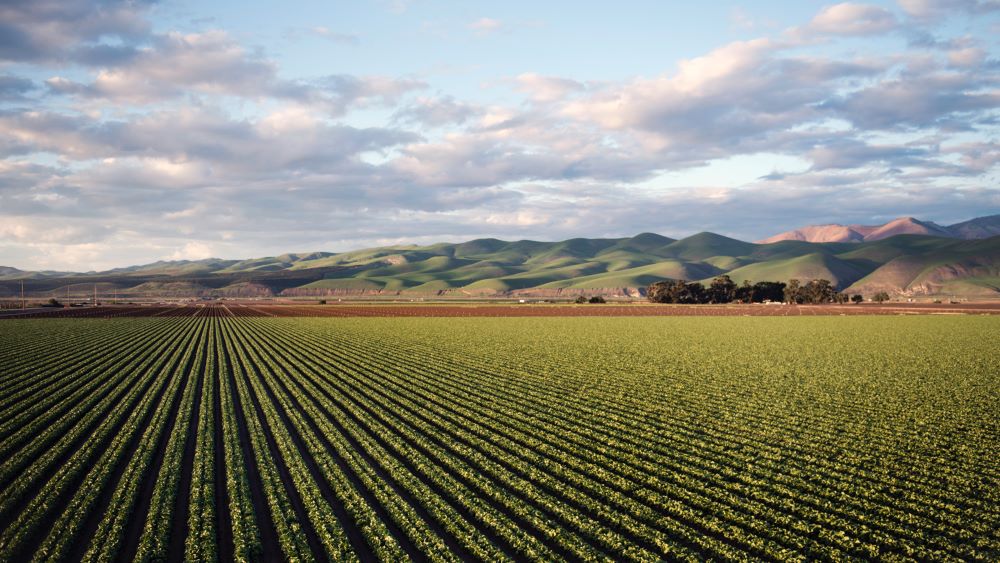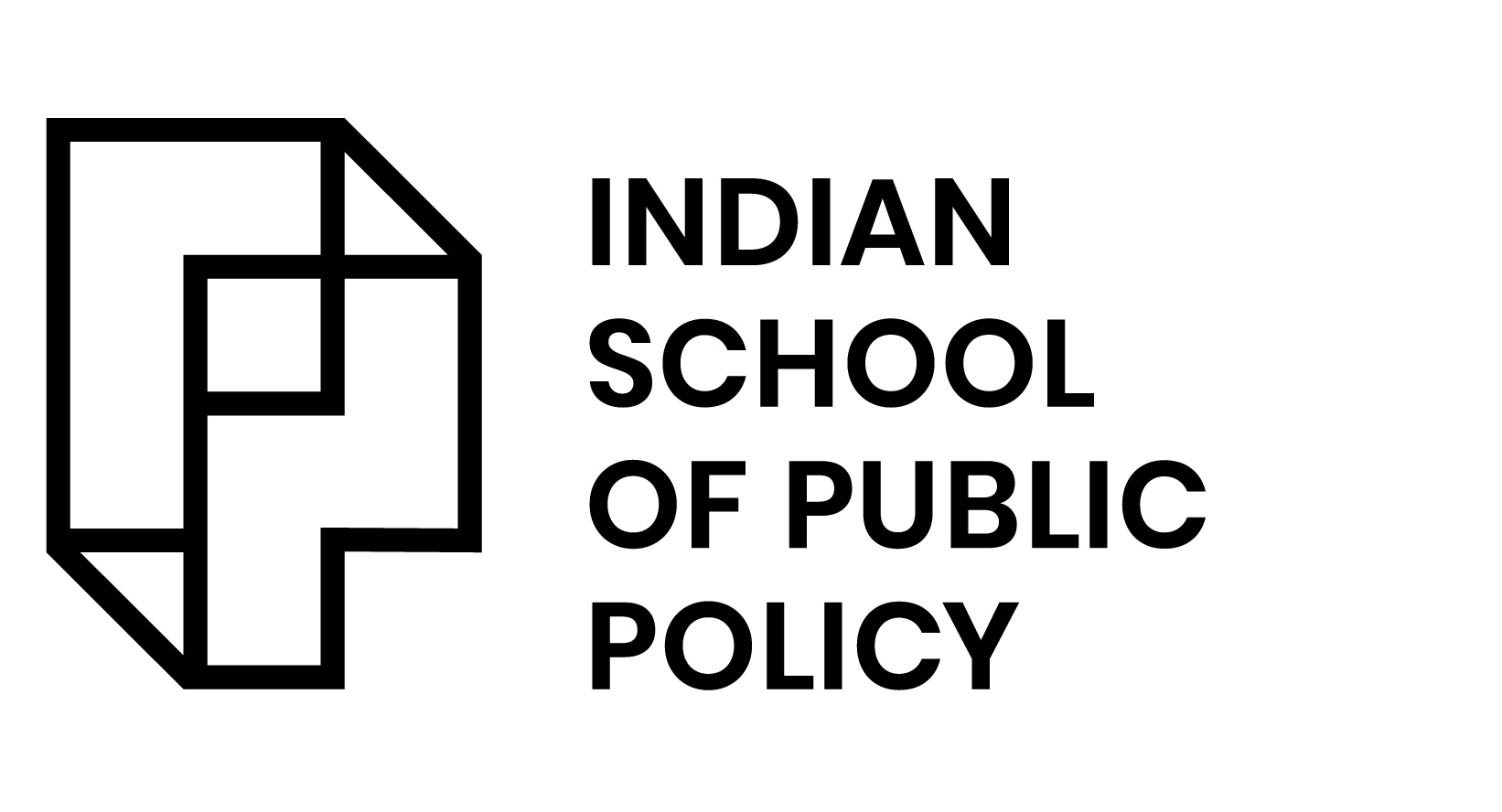
Environment and Agriculture Related Conflicts in India: Insights from the Armed Conflict Location and Event Data ACLED

Conflict over scarce natural resources has been documented as an important source of armed struggle1. Billon2states, “the idea that wars are associated with resources is probably as old as war itself”. Climate change and the associated reduction in freshwater availability, worsening soil productivity, increase in weather volatility and heightened atmospheric warming are expected to aggravate the resource degradation that is already underway3. The agricultural sector is likely to be extremely vulnerable to these changes through the impacts on agricultural yields, crop quality, and thereby, farm incomes4. However, the impact of climate change on productivity is not isolated to the agricultural sector. Recent literature also indicates a significant impact of (largely) temperature on productivity in the manufacturing sector too5,6. We focus on agriculture because in the Indian context, agriculture and allied sectors (such as plantation, forestry, fishing, hunting etc.) alone employ nearly 58% of the workforce7. There is now a large literature in economics that examines how climate change induces violent conflict as well as protests by exacerbating competition over scarce natural resources which affects economic growth, livelihoods, commodity prices, and political stability,8,9,10,11,12,13. Given the importance of the agricultural sector in India, this presents a serious governance challenge.
In this article, we present a brief summary of the occurrences of environment and agriculture related conflicts in India using the Armed Conflict Location and Event Data (ACLED). The ACLED is a rich source of information on different types of conflicts including protest events for many countries around the world. It collects information on different types of events which include violent and non-violent conflicts, and peaceful protests on issues as diverse as strategic developments, territorial conflicts, state-based violence, attacks on civilians, religious and ethnic/caste-based conflicts as well as events which are centred around the issues of environment and agriculture. Of course, several event categories have significant overlap in terms of the reasons for such conflict. A detailed event description is provided corresponding to each event along with the geographical location and timing. For India, ACLED has recorded over 57000 events spanning across 592 districts starting from 2016 with weekly updates. We focus on the time period from 2016-2019 and analyse the event descriptions of each observation to create a subset of events that are induced by environment or agriculture related causes.
According to our analysis, environmental conflict events in India can broadly be attributed to causes concerning environmental pollution and degradation, extreme weather, use of common property resources such as land and water bodies, wildlife encroachment as well as issues related to sanitation and disease. Of these, events concerning the use of water bodies such as rivers for irrigation and impacts of extreme weather events on crop loss are directly related to agriculture. We further observe that all agricultural conflict events are closely linked to agricultural risks and the economic system’s ability to mitigate them. Agricultural risks result in uncertainty in farm incomes arising due to production risks (i.e., the low yields due to weather events, pest infestations etc.) and price risks (i.e., low prices due to uncertainty in the input and output markets). Conflicts (including protests and demonstrations) concerning agricultural issues are largely on account of the demand for functional risk management tools by farmers which include:
1. Demand for subsidized institutional credit delivery and farm loan waivers to stabilize income in case of output and/or price shocks.
2. Demand for timely release of crop insurance payments in case of low yields due to weather variations, pest infestation, animal attacks, etc.
3. Demand for remunerative prices (mostly MSP) to provide protection from crop price volatility.
4. Demand for water release from dams and rivers for irrigation in an effort to reduce dependence on rainfall and minimize the output risks due to rainfall vagaries.
Environmental/Agricultural Conflict Trends:
Expectedly, over time we see a sharp rise in the absolute frequency of both environmental and agricultural conflict events in India. However, the percentage of environmental and agricultural conflict events as a proportion of total conflict events, has consistently been ~12% and ~9% respectively. On the other hand, the proportion of agricultural conflict events as a fraction of total environmental conflict events rose from ~42% in 2016 to ~47% in 2019. This is indicative of the increasing relative importance of agricultural conflict events within the larger set of environmental conflict events.

Agriculture Related Conflict Events & Policy Tools for Risk Management:
There are three main policy tools for farm-level risk mitigation in India: credit, insurance and minimum support price (MSP). While credit and insurance aid in consumption smoothing in case of crop loss, MSP serves to stabilize income in case of a fall in prices. Credit can aid farm-level risk management in two stages. Ex-ante, in case of no shock, it can facilitate: (a) adoption of climate resilient inputs and techniques (for e.g., purchase of power and water for irrigation to reduce dependence on rainfall, purchase of seeds of more climate resilient crops etc.), and (b) increase in farm mechanization to reduce output risks. Ex-post, in case of a shock, credit and, importantly, insurance can fulfil immediate cash needs for input stabilization and consumption smoothing14. However, historically, access to these risk mitigation tools is highly skewed in favour of richer, wealthier, more educated farmers belonging to forward castes,15,16,17,18,19,20. This access inequality is a major cause for agriculture related conflict.
We observe a positive correlation between the demand for agricultural risk management and agricultural conflict events, i.e., areas which are more risk-prone and therefore have a greater demand for agricultural risk management, also have higher incidence of agriculture related conflicts. On average, states with higher credit disbursal per agricultural household also have a higher proportion of agricultural conflicts by ~2.7 percent (Figure 2). Similarly, on average, states with higher insurance amounts disbursed per covered agricultural household, have a higher relative incidence of agriculture related conflicts by ~5.7 percent (Figure 3).


These findings reflect the critical role that agricultural risks play in agricultural conflict incidence. As the frequency and extremity of adverse weather events such as droughts and floods are likely to increase substantially due to climate change, it is important to develop effective and affordable risk management tools which are also accessible to all sections of the farming community. In the absence of accessible climate adaptation strategies which include (but are not limited to) efficient functioning of the system of farm credit and agricultural insurance; not only do we stand the risk of crop loss and income loss for the farming community, but also the heightened risk of conflicts stemming from loss of livelihoods for farmers and declining food security.
Appendix21,22,23:
| STATE | PERCENTAGE OF AGRICULTURAL CONFLICT EVENTS | AGRICULTURAL CREDIT DISBURSED (IN INR CRORE) | NUMBER OF OPERATIONAL HOLDINGS (OH) (IN ‘000) | CREDIT DISBURSED/OH (IN ‘000) | CREDIT DISBURSAL CATEGORY (HIGH/LOW)* | INSURANCE CLAIMS (INR) | NUMBER OF FARMERS | INSURANCE AMOUNT PAID/FARMER INSURED | INSURANCE CLAIMS CATEGORIES (HIGH/LOW)** |
|---|---|---|---|---|---|---|---|---|---|
| Andhra Pradesh | 5.19 | 92868.62 | 8524 | 108.95 | High | 9437700000 | 1778000 | 5308.04 | High |
| Gujarat | 8.63 | 54276.7 | 5321 | 102.00 | High | 12672200000 | 1980000 | 6400.10 | High |
| Haryana | 8.71 | 49481.07 | 1628 | 303.94 | High | 2969000000 | 1336000 | 2222.31 | High |
| Karnataka | 12.31 | 78082.72 | 8681 | 89.95 | High | 20668200000 | 2947000 | 7013.30 | High |
| Kerala | 2.69 | 67738.76 | 7583 | 89.33 | High | 437300000 | 77000 | 5679.22 | High |
| Rajasthan | 11.50 | 74303.86 | 7655 | 97.07 | High | 19173700000 | 9355000 | 2049.57 | High |
| Tamil Nadu | 7.76 | 132144.57 | 7938 | 166.47 | High | 36386600000 | 1463000 | 24871.22 | High |
| Himachal Pradesh | 5.38 | 6116.15 | 997 | 61.35 | High | 451800000 | 380000 | 1188.95 | Low |
| Uttarakhand | 1.62 | 6505.43 | 881 | 73.84 | High | 274700000 | 261000 | 1052.49 | Low |
| Madhya Pradesh | 12.47 | 56149.06 | 10003 | 56.13 | Low | 20438800000 | 7461000 | 2739.42 | High |
| Odisha | 7.46 | 21264.96 | 4866 | 43.70 | Low | 4327400000 | 1820000 | 2377.69 | High |
| Bihar | 1.52 | 26184.58 | 16413 | 15.95 | Low | 3478500000 | 2714000 | 1281.69 | Low |
| Chhattisgarh | 2.10 | 12237.42 | 4011 | 30.51 | Low | 1599700000 | 1549000 | 1032.73 | Low |
| Jharkhand | 0.97 | 4379.99 | 2803 | 15.63 | Low | 310900000 | 879000 | 353.70 | Low |
| Maharashtra | 7.75 | 81383.84 | 15285 | 53.24 | Low | 23187800000 | 11884000 | 1951.18 | Low |
| Tripura | 0.97 | 1513.13 | 573 | 26.41 | Low | 7100000 | 12000 | 591.67 | Low |
| Uttar Pradesh | 4.22 | 81584.01 | 23822 | 34.25 | Low | 5745800000 | 7289000 | 788.28 | Low |
| West Bengal | 0.41 | 34895.72 | 7243 | 48.18 | Low | 4216900000 | 4133000 | 1020.30 | Low |
The views expressed in the post are those of the author and in no way reflect those of the ISPP Policy Review or the Indian School of Public Policy. Images via open source.
References:
- Gleditsch, Nils Petter. 1998. ” Armed Conflict and The Environment: A Critique of the Literature.” Journal of Peace Research, Vol. 35, No. 3 381- 400.
- Billon, Philippe Le. 2012. “Digging into “Resource War” Beliefs.” Human Geography, Vol. 5, No. 2 1-14.
- Raleigh, Clionadh, and Henrik Urdal. 2007. “Climate change, environmental degradation and armed conflict.” Political Geography, Vol. 26 674- 694.
- Altieri, Miguel A., and Clara I. Nicholls. 2017. “The adaptation and mitigation potential of traditional agriculture in a changing climate.” Climatic Change, Vol. 40 33-45.
- Adhvaryu, Achutya, Namrata Kala, and Anant Nyshadham. 2020. “The Light and the Heat: Productivity Co-Benefits of Energy-Saving Technology”. Review of Economics and Statistics, Vol. 102, Issue 4 779-792.
- Somanathan, E., Rohini Somanathan, Anant Sudharshan, and Meenu Tewari. ” The Impact of Temperature on Productivity and Labor Supply: Evidence from Indian Manufacturing”. Journal of Political Economy, forthcoming.
- National Statistical Office. 2020. Periodic Labour Force Survey (July 2018 – June 2019). New Delhi: Ministry of Statistics and Programme Implementation. http://mospi.nic.in/sites/default/files/publication_reports/Annual_Report_PLFS_2018_19_HL.pdf.
- Dell, Melissa, Benjamin F. Jones, and Benjamin A. Olken. 2012. “Temperature Shocks and Economic Growth: Evidence from the Last Half Century”. American Economic Journal: Macroeconomics, Vol. 4, No. 3, 66-95.
- Hsiang, Solomon M., Marshall Burke, and Edward Miguel. 2013. “Quantifying the Influence of Climate on Human Conflict”. Science, Vol. 341, Issue 6151, 1235367.
- Dell, Melissa, Benjamin F. Jones, and Benjamin A. Olken. 2014. “What Do We Learn from the Weather? The New Climate-Economy Literature”. Journal of Economic Literature, Vol. 52, No. 3, 740-798.
- Maystadt, Jean-Francois, and Olivier Ecker. 2014. “Extreme Weather and Civil War: Does Drought Fuel Conflict in Somalia through Livestock Price Shocks?”. American Journal of Agricultural Economics, Vol. 96, Issue 4 1157-1182.
- Harari, Mariaflavia, and Eliana La Ferrara. 2018. “Conflict, Climate and Cells: a Disaggregated Analysis”. Review of Economics and Statistics, Vol. 100, Issue 4 594-608.
- McGuirk, Eoin, F., and Nathan Nunn. 2021. “Transhumant Pastoralism, Climate Change and Conflict in Africa”. Working Paper, Harvard University.
- Food & Agriculture Organization (FAO). 2008. Managing Risk in Farming. (Farm Extension Guide, Volume 3), Rome, 2008: FAO
- Kumar, Anjani, Dhiraj K. Singh, and Prabhat Kumar. 2007. “Performance of Rural Credit and Factors Affecting the Choice of Credit Sources.” Indian Journal of Agricultural Economics, Vol. 62, No. 3 297-313.
- Kumar, Anjani, K. M. Singh, and Shradhajali Sinha. 2010. “Institutional Credit to Agriculture Sector in India: Status, Performance and Determinants.” Agricultural Economics Research Review, Vol. 23, July-December 253-264.
- Kumar, Anjani, R.K.P Singh, Shiv Jee, Subhash Chand, Gaurav Tripathi, and Sunil Saroj. 2015. “Dynamics of Access to Rural Credit in India: Patterns and Determinants.” Agricultural Economics Research Review, Vol 28 151-166.
- Shukla, Sumedha, and Gaurav Arora. 2020. “No hand to lend.” Down To Earth, September 16th-30th: 50-54. https://emagzine.downtoearth.org.in/books/ncdm/#p=1
- NABARD. 2018. NABARD All India Rural Financial Inclusion Survey 2016-17. New Delhi: National Bank for Agricultural and Rural Development (NABARD). https://www.nabard.org/auth/writereaddata/tender/1608180417NABARD-Repo-16_Web_P.pdf.
- Kumar, Sunil Mitra. 2013. “Does Access to Formal Agricultural Credit Depend on Caste?” World Development, Vol. 43, No. 3 315-328.
Data Sources:
- Agricultural Census Division. 2016. Agriculture Census (2015-16). Census, New Delhi: Department of Agriculture and Farmers’ Welfare, Ministry of Agriculture and Farmers’ Welfare, Government of India. https://agcensus.nic.in/document/agcen1516/T1_ac_2015_16.pdf
- Directorate of Economics & Statistics, Ministry of Agriculture and Farmers’ Welfare. 2017. Pocket Book of Agricultural Statistics. Statistical Handbook, New Delhi: Ministry of Agriculture and Farmers’ Welfare, Government of India. https://agricoop.nic.in/sites/default/files/pocketbook_0.pdf
- Ministry of Agriculture and Farmers’ Welfare. 2016. PMFBY State Wise Business Statistics . Accessed April 4th, 2021. https://pmfby.gov.in/stateWiseDataPage.

